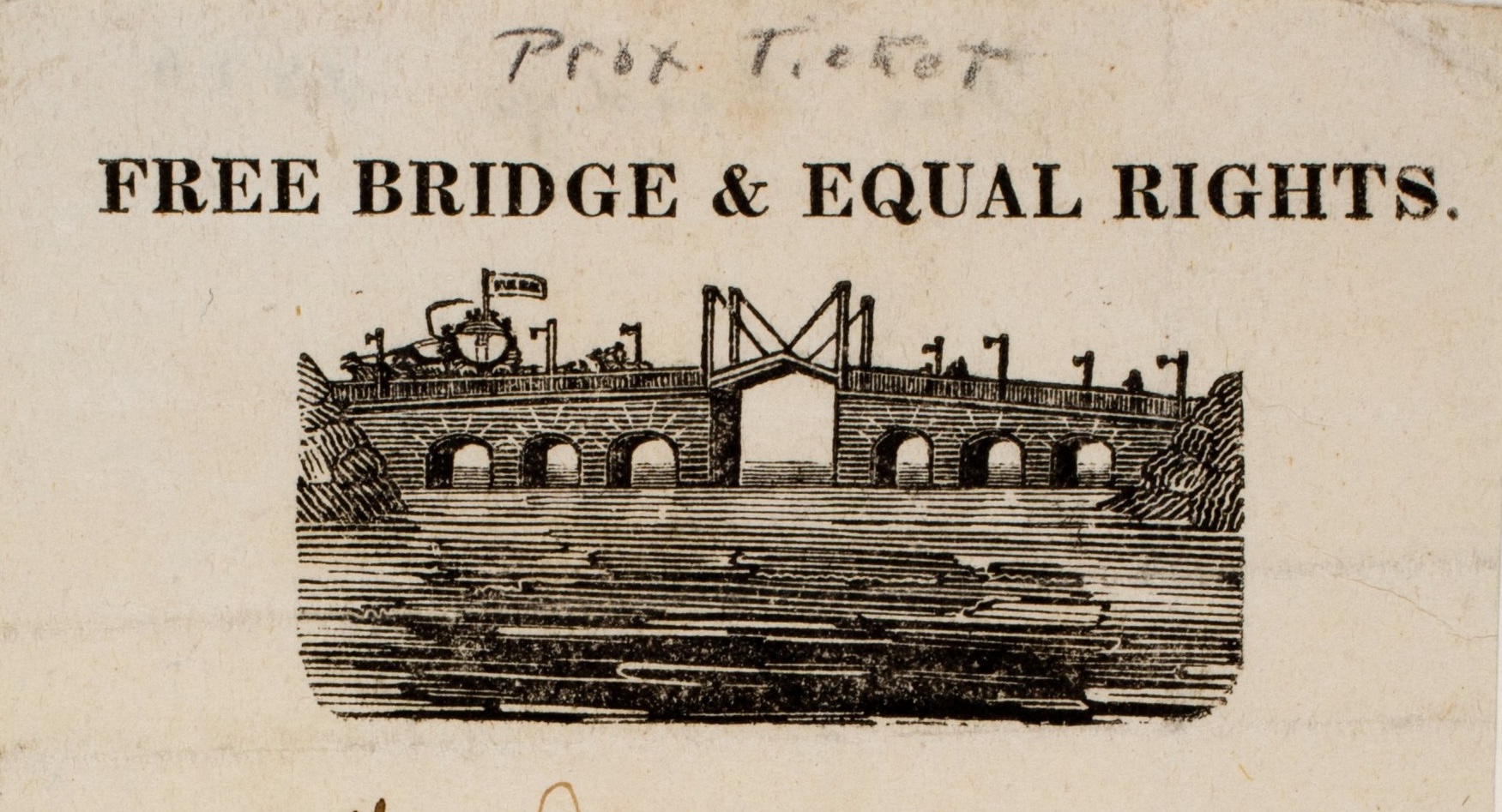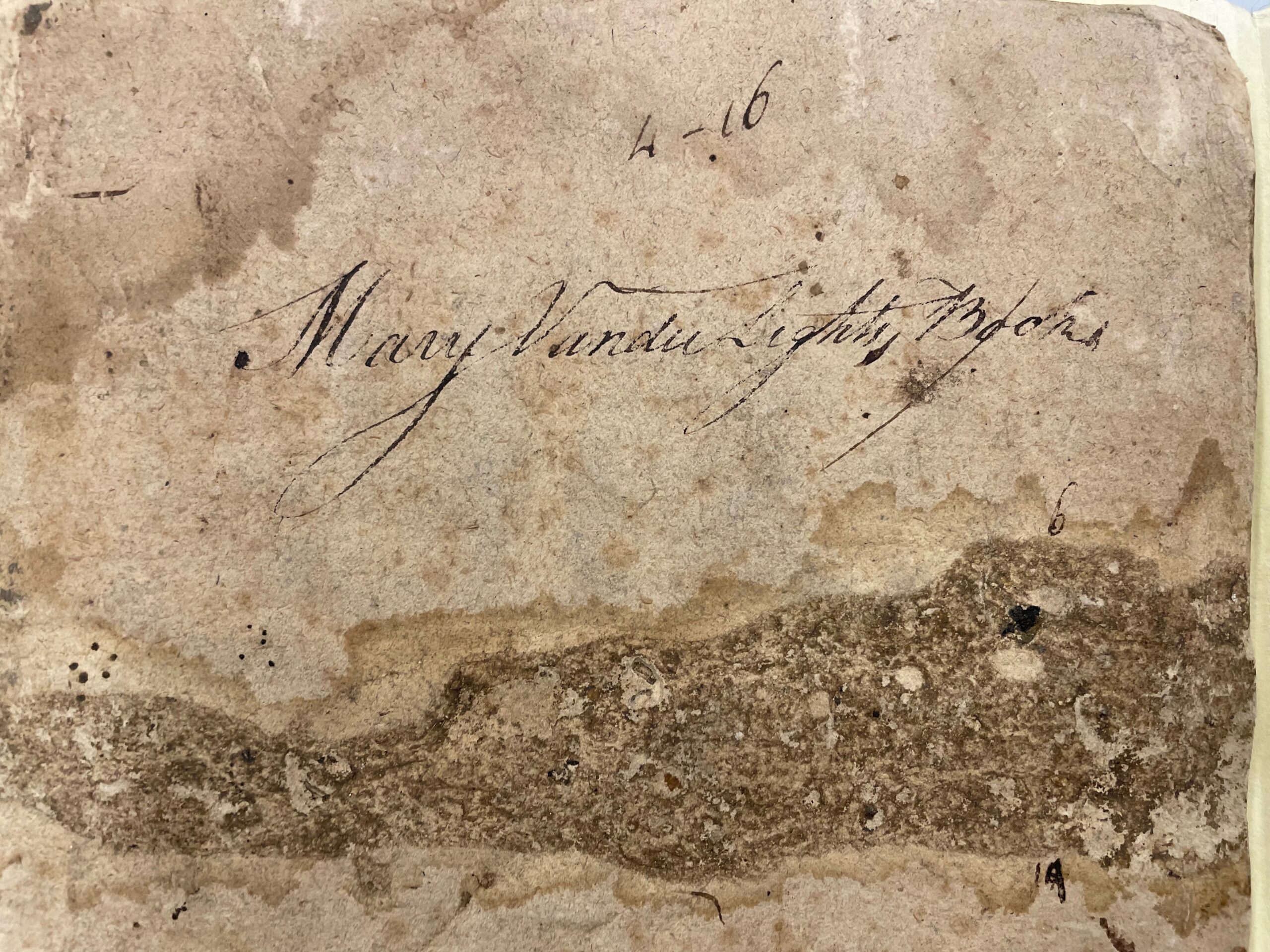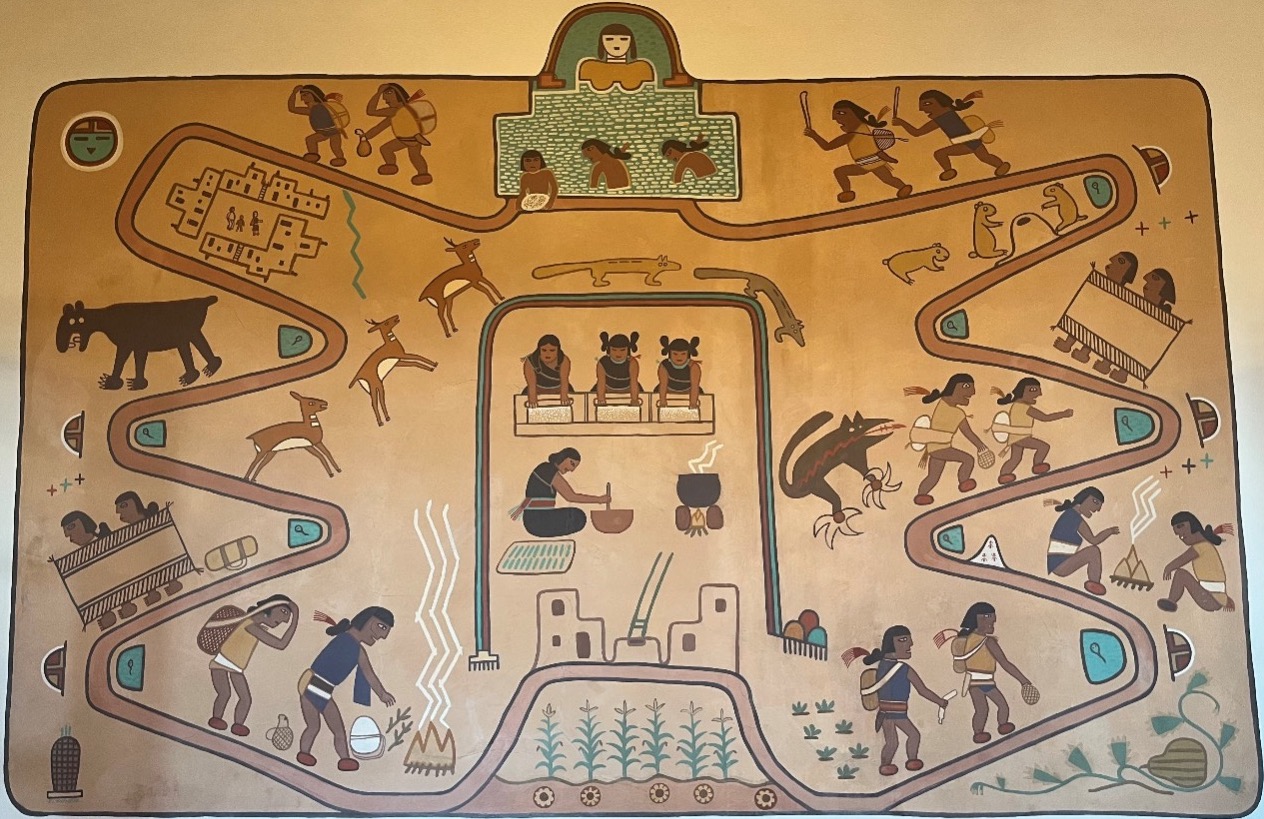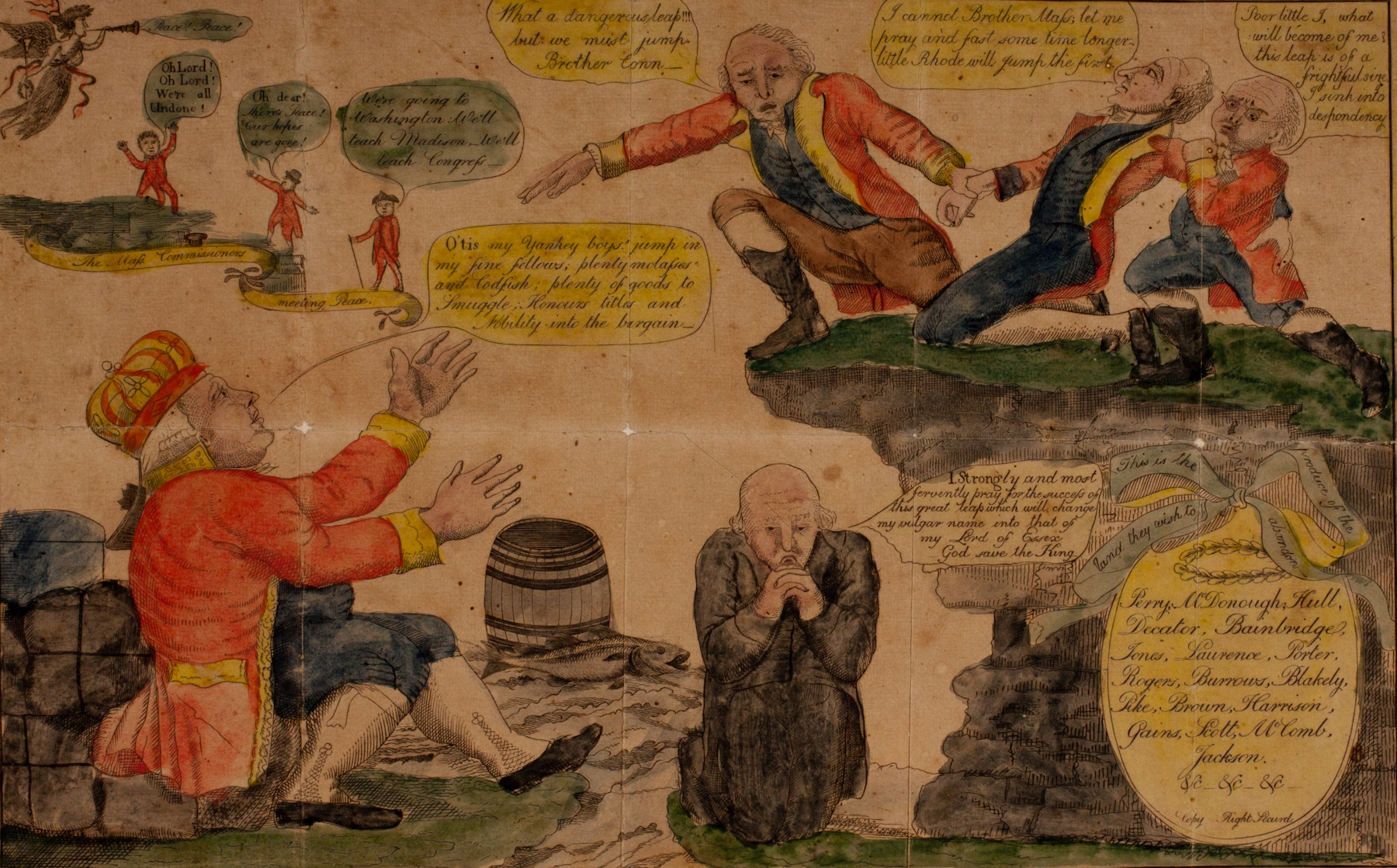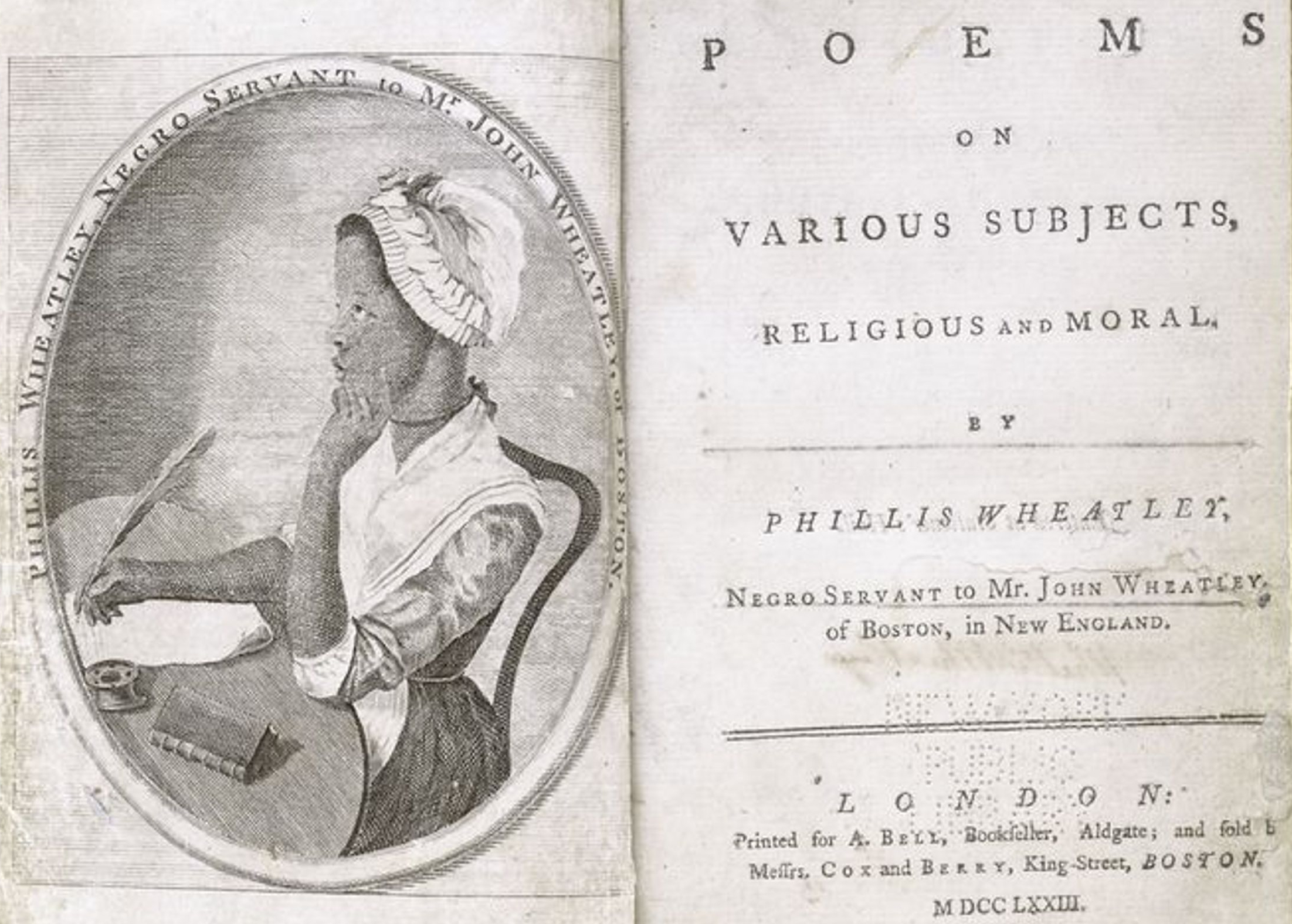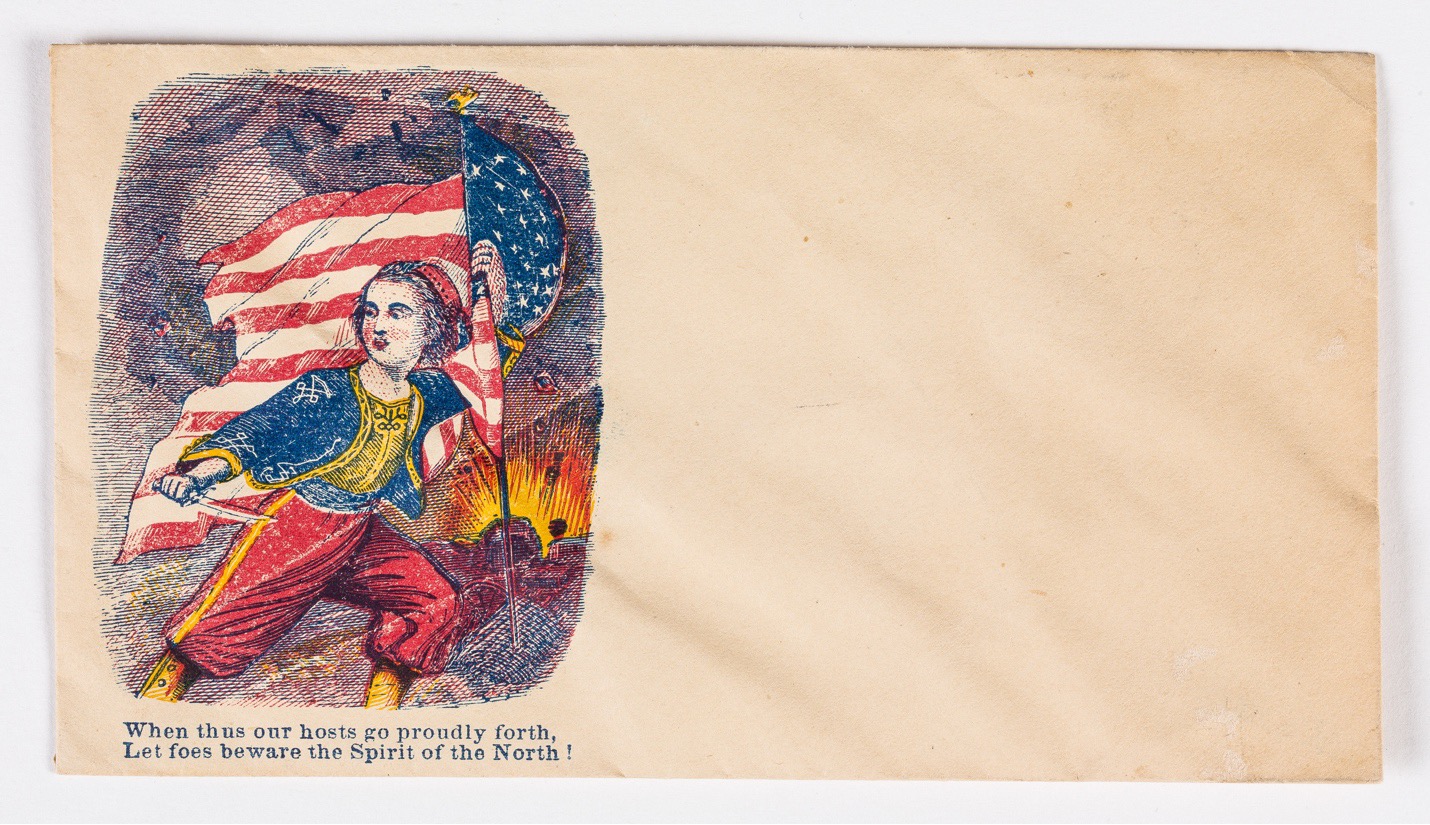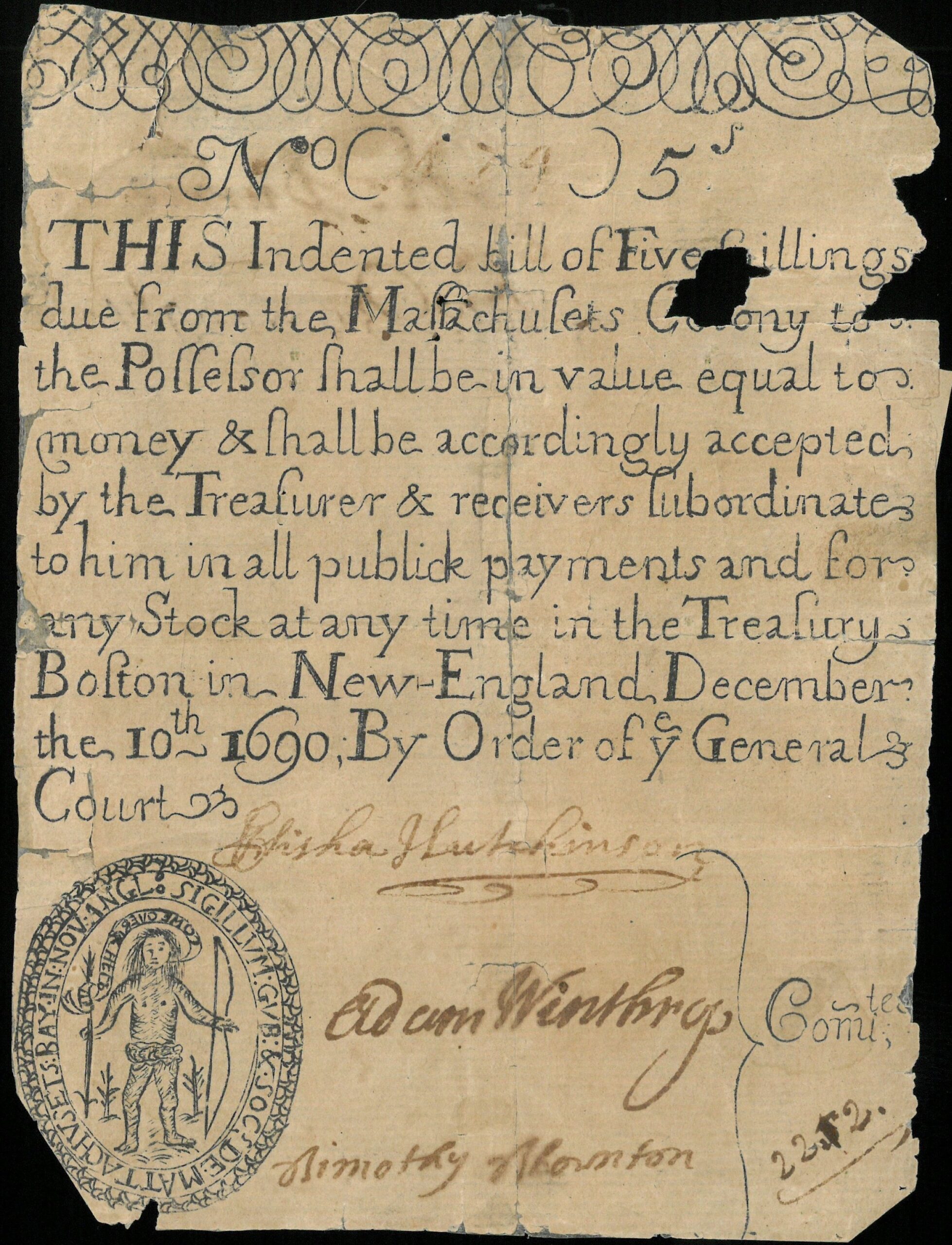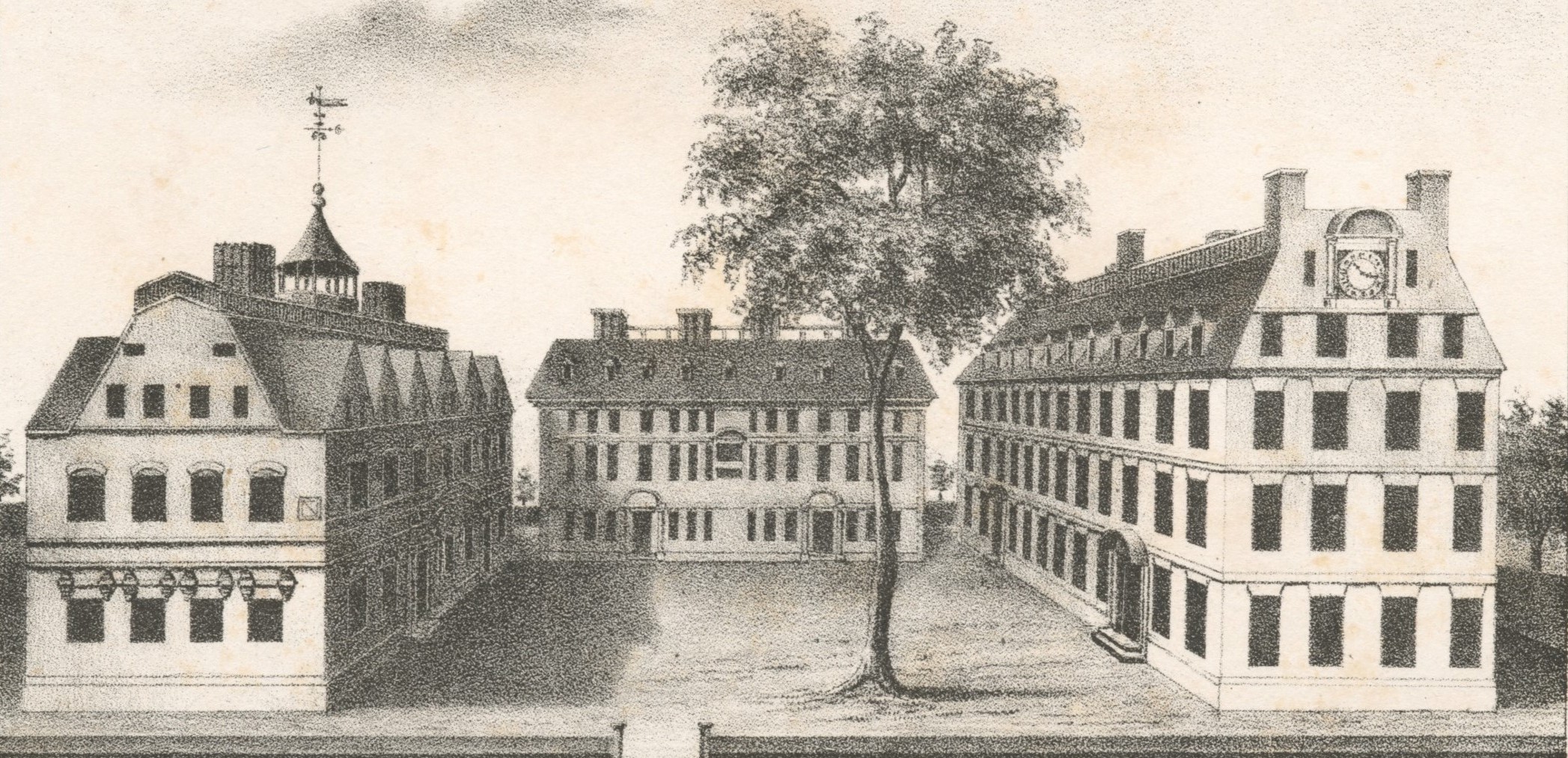The Seven Years’ War has been hidden in plain sight for nearly 250 years. As Fred Anderson notes in Crucible of War, if the conflict appears at all in American history it is only as a “quaint mezzotint prelude to our national history” (xv-xvi). Schooled in another national tradition touched by the war, British children might once have known that General Wolfe recited Thomas Gray’s “Elegy Wrote in a Country Churchyard” upon the Heights of Abraham, would surely have heard of the “Black Hole of Calcutta,” and might even have recalled Voltaire’s quip that in England they find it necessary, from time to time, to execute an admiral “pour encourager les autres.” Whether they would have been aware that these three incidents–apocryphal, overblown, or ironic though each may have been–were part of the same series of global conflicts we now miscalculate as the “Seven” Years’ War is less certain. The war now holds little place in British and French national memory, though it decisively elevated the imperial fortunes of the one and dashed those of the other.
The epochal significance of the Seven Years’ War renders its invisibility all the more remarkable. For the papal diplomats of the eighteenth century, it was the last “war of religion,” the last occasion on which the minority forces of Protestantism confronted those of the Catholic majority. For Winston Churchill, it was nothing less than the first “world war,” the primal conflict that flared up in the Ohio Valley, engulfed British and French North America, became linked to the European wars sparked by Frederick the Great’s predatory ambitions, and ultimately played itself out in theaters as diverse as West Africa, Cuba, and the Philippines, as well as in Bengal, where it flowed into and aggravated local struggles for dominance. The very fact that this conflict was cast on a global screen encouraged among those who lived through it a fashionable consciousness of the worldwide webs of trade, diplomacy, migration, and information exchange. The German historian Reinhart Koselleck has noted that “[t]he growing call since the midpoint of the century for a new world history testifies to the depth of the experiential shift that can be traced to global interdependence.” He might have been writing of the late twentieth century, but in fact he meant the late eighteenth–especially, as he affirmed, “in the case of the Seven Years’ War.” “Ministers in this country, where every part of the World affects us, in some way or another, should consider the whole Globe,” wrote the Duke of Newcastle in 1758. As if responding to such a call, Anderson proposes that the conflict should be seen in its own terms, as combatants and bystanders experienced it, from many centers and from diverse angles of vision. Indeed, he argues, “[I]f viewed not from the perspective of Boston or Philadelphia, but from Montreal or Vincennes, St. Augustine or Havana, Paris or Madrid–or, for that matter, Calcutta or Berlin–the Seven Years’ War was far more significant than the war of American Independence” (xvi). Anderson can hardly be blamed for failing to follow through on this ambitious program, which would take many lifetimes of research to pursue. No history written since those produced during and just after the Seven Years’ War itself provides truly global coverage of the conflict. To be sure, Anderson’s sketches of the war as it was fought outside the future United States will suffice for most North American readers. However, Anderson renders these sketches as part of what he calls “our national history.” By this he means, of course, the history of the United States, a country which every part of the world surely affects, but which rarely considers the whole globe to be part of its own history.
Crucible of War begins with hints toward the possibility of a universal history with a cosmopolitan intent (to steal a phrase from Kant), but ends firmly within the paradigm of American history. Anderson proposes to replace Edmund Morgan’s riveting paradox of “American Slavery/American Freedom” with the more political pas de deux of “American Republic/American Empire.” In doing so, he offers a useful addition to the repertoire of American historiography, but truncates the broader history of the conflict and its consequences. The book’s closing chapters, for example, sympathetically, elegantly, and suggestively chart the aftermath of politics and protest in North America, but confine their discussion of Britain almost exclusively to high-political maneuvers in Westminster and Whitehall. This imbalance grants the colonists both politics and culture, but leaves Britons only with politics. The peoples of France, Spain, Germany, British India, and the Caribbean possess not even that, for Anderson says virtually nothing of the war’s impact upon those regions. A history that recovered the cultural and political significance of the Seven Years’ War across the globe would be a history well worth having, especially if executed with as much panache and insight as Crucible of War.
One can only speculate what such a global history of the Seven Years’ War might look like. Yet such speculation is apt because the Seven Years’ War is such a fertile generator of counterfactuals (and not just for American history). As Anderson rightly notes, the great “what-ifs” of the American Revolution, the French Revolution, and Latin American independence might indeed hinge upon the fiscal and geopolitical consequences of the war. Other counterfactuals suggest themselves if one turns to other histories, in places beyond North America. Had there been no Seven Years’ War, there might have been no novel conception of “European” history, structured around an “Enlightened narrative” of commerce, cosmopolitanism, and rational Christianity, nor might there have been an irreversible “transformation of European politics” between 1763 and 1848, as the old balance of power in Europe was shattered by Britain’s victories against France. One might also ask whether Georgian architecture would have proliferated in Britain absent the first flush of postwar imperial confidence. Would the landscape gardens of England have been quite so well populated with enduring monuments to distant victories had Britain’s fleets and armies not been so successfully far-flung around the globe? Would there have been an efflorescence of writings on the sublime–that aesthetic category of the vast, the awe inspiring, the dwarfingly inhuman–had not the British national debt ballooned to unimaginable proportions due to the war?
Such questions spring to mind when one reverses some of the historical and cultural developments attributed to the Seven Years’ War and its consequences. However, many of these counterfactual speculations rely on an inaccurate accounting of the supposed positive legacies of the war, especially for Britons. Crucible of War brings to light a telling paradox in this regard. In North America, the costs of the war were bearable during the conflict, but only became politically insufferable afterwards. Similarly in Britain, the novel methods of finance used to bankroll the war effort raised remarkably little protest, while the immediate postwar period witnessed not the unalloyed satisfactions of victory but a vast imperial hangover much worse than the bouts of conquest that had created it. The Seven Years’ War, like every eighteenth-century war, ended with demobilization, a trade depression, and a heavy burden of debt. The long-term effects of the war only gradually came to haunt (or inspire) the political imaginations of Europe. In Britain, to vanquish the French, and put an end their imperial ambitions, might be cause for rejoicing, but had the exultation been bought at too high a price? Jeremy Bentham had been one of those who crowed at victory in 1762 when, as a fourteen-year-old undergraduate at Oxford, he composed a Latin panegyric on the capture of Havana; thirty years later, he assessed the price of victory more dyspeptically: “[Y]ou may … prove to yourself that a way to make a man run the quicker is to cut one of his legs off. And true enough it is that a man who has had a leg cut off, and the stump healed, may hop faster than a man who lies in bed with both legs broke can walk. And thus you may prove that Britain was put into a better case by that glorious war, than if there had been no war, because France was put into a still worse.”
Such changes of heart, soul-searchings about the costs of victory, may help to explain why the Seven Years’ War has lapsed from British national memory. The American War soon dragged itself out into the longest colonial conflict in British history (as Eliga Gould has recently argued), and the Napoleonic Wars in due course brought greater victories, and even more secure British predominance over France and over the sea-lanes of the world. In light of the former, the Seven Years’ War appeared a hollow victory; in light of the latter, it became but a prelude: not a quaint mezzotint, perhaps, but a heroic painting in the manner of Benjamin West, widely circulated for a time, and then consigned to the realms of imperial amnesia. Crucible of War has returned the Seven Years’ War to its rightful place on the map of eighteenth-century history, especially in North America. It has also provided a model for future histories of the conflict, in their local contexts and their global extensions. To complain that those cosmopolitan connections are not traced in detail in Crucible of War may seem churlish, even ungrateful, but it is only the allure of what is contained in the book that leads one to hope for more. There are few conflicts before the twentieth century that demand both local and global coverage, and the Seven Years’ War is preeminent among them. There are likewise few eight-hundred-page books one would wish any longer, but Crucible of War is certainly among them.
Further Reading:
The Duke of Newcastle’s remark can be found in Richard Middleton, The Bells of Victory (Cambridge, 1985); Reinhart Koselleck’s in his Futures Past: On the Semantics of Historical Time, trans. Keith Tribe (Cambridge, Mass., 1985); and Jeremy Bentham’s in University College London, Bentham Papers, XXV:58. On the Seven Years’ War as the last “war of religion,” see Johannes Burkhardt, Abschied vom Religionskrieg: der Siebenjahrige Krieg und die papstliche Diplomatie (Tübingen, 1985). On the diplomatic aftermath see Paul Schroeder, The Transformation of European Politics, 1763-1848 (Oxford, 1994). On the “Enlightened narrative” see Karen O’Brien, Narratives of Enlightenment (Cambridge, 1997); and J. G. A. Pocock, Barbarism and Religion, II: Narratives of Civil Government (Cambridge, 1999). For aspects of the cultural history of the Seven Years’ War in Britain see, for example, Sir John Summerson, Georgian London (London, 1945); Robert Donald Spector, English Literary Periodicals and the Climate of Opinion during the Seven Years’ War (The Hague, 1966); Peter De Bolla, The Discourse of the Sublime (Oxford, 1989); Patrick Eyres, “Neoclassicism on Active Service: Commemoration of the Seven Years’ War in the English Landscape Garden,” New Arcadian Journal, 35/36 (1993); and Alan McNairn, Behold the Hero: General Wolfe and the Arts in the Eighteenth Century (Montreal and Kingston, 1997).
This article originally appeared in issue 1.1 (September, 2000).
David Armitage is Associate Professor of History at Columbia University. He is the author of The Ideological Origins of the British Empire (2000); editor of Bolingbroke: Political Writings (1997) and Theories of Empire, 1450-1800 (1998); and co-editor of Milton and Republicanism (1995). He is currently working on a study of International Thought in the Age of Revolutions, 1688-1848.





